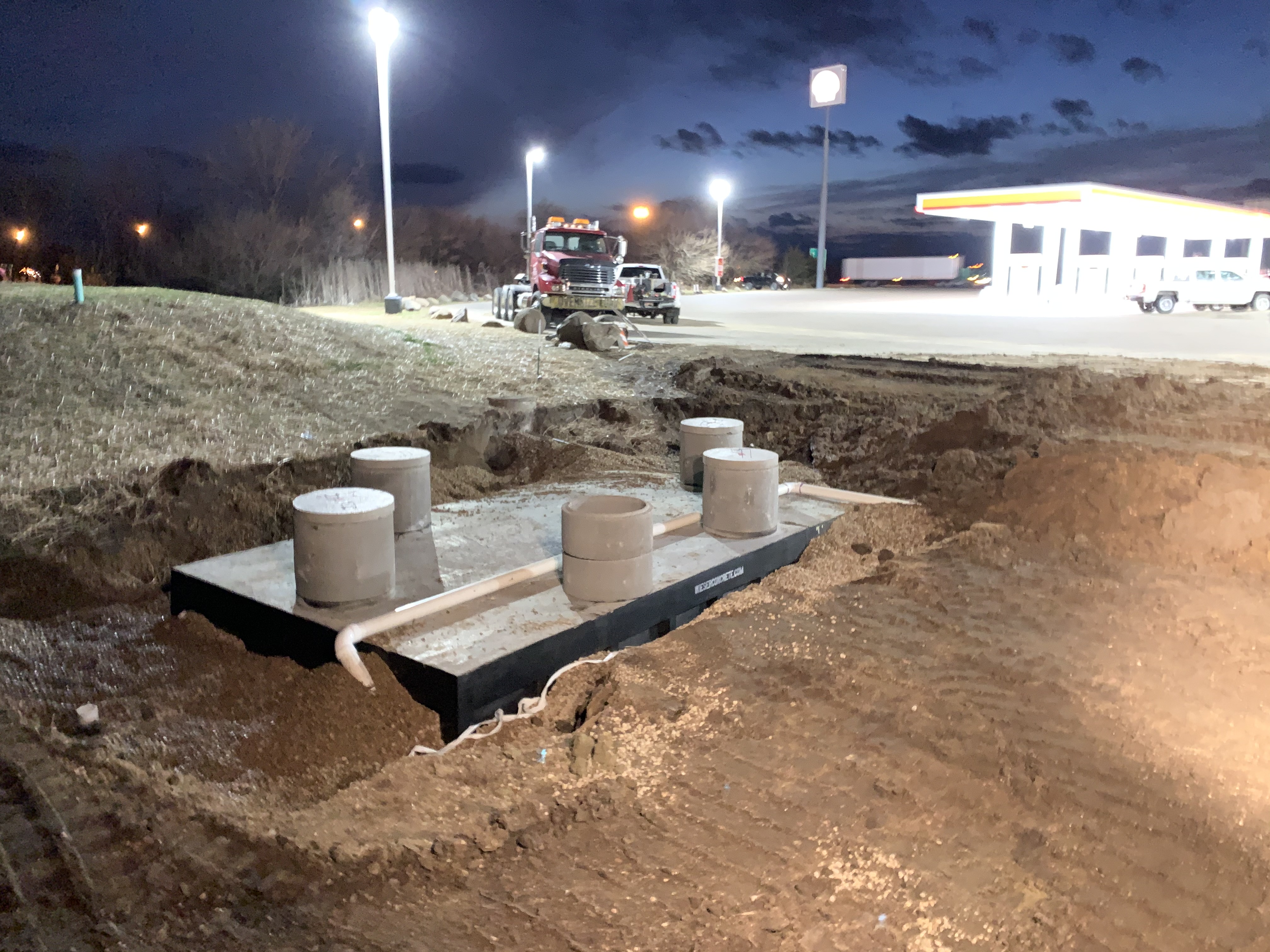Six Tips for Designing Aerobic Treatment Unit Systems
Posted on
Aerobic Treatment Units (ATUs) are advanced wastewater treatment systems that are alternatives on tight lots where there is no room for conventional treatment or on sites with poor environmental conditions that don’t allow for conventional treatment. Depending on the technology, some aerobic treatment plants can be used for treatment of high-strength wastewater or for nitrogen treatment. Here are six tips for designing ATUs:
-
Choose a proven system for the application and system size.
- Ask for case studies.
- If the system is expected to achieve high effluent BOD, TSS, and/or TN removal, the influent flow (volume and schedule) and strength are the most important pieces of information to obtain.
- For single-family homes, double-check the flow dictated by regulation so the appropriate model of the ATU is applied.
-
Commercial or large flow systems have varying influent flows and strengths that need defined.
- A more thorough design and product evaluation is required.
- The system may require a “treatment train” that includes multistage treatment processes.
- System manufacturers can help by suggesting a treatment plan for a specific application.
-
Incorporate flow equalization into your aerobic treatment unit design for systems with sporadic flow or strict effluent requirements.
- Commercial applications such as a churches, where the system is only used a couple of days a week, or schools where the system receives most of its flow during the week and in a short period of time, can benefit from flow equalization.
- Aerobic treatment plant manufacturers can help determine if the application or effluent requirements would benefit from having flow equalization added to the design.
- Some jurisdictions require flow equalization on every unit, including individual homes.
-
Consider the effect temperature can have on the system.
- Cold temperatures can cause a loss of treatment, especially with nitrification.
- Hot temperatures in desert areas like New Mexico and Arizona can influence sludge settling and proper microbial growth.
- Burial depth and blower placement play a role in all climates.
-
Understand the chemicals and medications used at the site and how their presence in influent can disrupt the microbes.
- Antibiotics and pharmaceuticals can be a special problem in places like nursing homes, assisted living facilities, doctors’ offices, and critical care facilities.
- There may need to be restrictions on chemical use such as cleaning fluids and sanitizers with quaternary ammonia as the active ingredient.
- To obtain more information about what chemicals are in certain products, visit this website.
-
Provide for access for O&M in the design and specify the use of a trained operator.
- Access to maintain moving parts of the system and to remove sludge is critical for long term sustainability of the system.
- A trained operator is a must for good operation.

Whether designing an aerobic treatment unit system for a single residence or larger commercial system, it’s important to provide the customer with the ATU system design that best meets their needs. Sometimes an ATU system is one of very few choices available based on site limitations. The initial price of an ATU system could create a sense of sticker shock for the customer but it’s important help them understand what makes it the best solution for their needs. It’s also important to provide education on how the system works, what each component does, the O&M obligations, and the role they play in keeping the system fully functional for the design-life of the system.
Along with years of experience in the industry, we have resources available to help explain all of this to your customer. We also offer help throughout the design process so feel free to email over your plans or give us a call if you’d like to review anything with us.
Contact us if you have any questions about this blog post.
